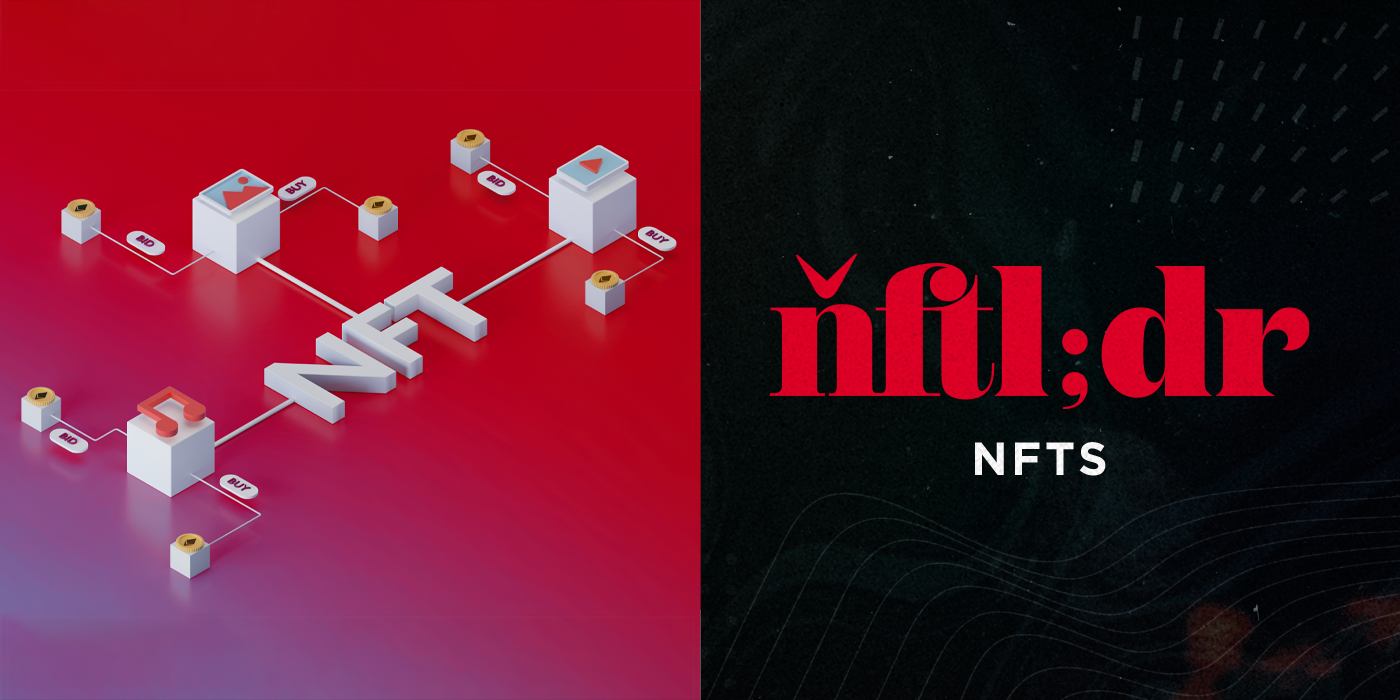Every week we simplify the market into key points so you can stay up to date on market trends, upcoming drops, top project guides and much more!
BY Jex Exmundo
July 25, 2022
NFT is an acronym that stands for non-fungible token. These unique tokens are typically assigned to digital assets, like art or music, and are usually found on an NFT marketplace. Regardless of what they’re assigned to, the tokens serve one main function: providing proof of ownership.
Thus, when people talk about buying and selling NFTs — in a literal sense — they’re not talking about the art, music, or whatever else attached to the token. They’re talking about the token itself, which gives them the right to claim ownership over the digital asset. These tokens are kept in digital or physical wallets purpose-built for storing either NFTs or crypto.
How do these tokens provide users with proof of ownership? It’s all thanks to self-authenticating smart contracts embedded within the tokens — i.e. bits of code that function on the blockchain.
When an NFT transaction occurs, smart contracts automatically authenticate themselves by asking each computer on the blockchain to verify ownership of the NFT. This energy-consuming process is why critics often raise concerns about the potential harm NFTs pose to the environment.
So why go through all this trouble to buy an NFT if you can just download a JPEG of it?
NFTs are a significant development precisely because people on the internet are free to download JPEGs of art. With NFTs, artists are able to imbue their digital work with scarcity. Despite how easily reproducible the images are, NFTs represent an agreement between an artist and collector.
Artists are able to digitally communicate to collectors, “I hereby recognize you as the owner of this work.” This allows artists and musicians to sell their work for what it’s worth. Notably, without the cooperation of centralized establishments such as art galleries, record labels, and the like.
At that point, things pretty much work the same as how they do in the traditional art world. Collectors can opt to display their pieces on their accounts, on the metaverse, or even IRL. Depending on the NFT, they can even opt to create something new entirely using their purchased piece as a basis. The possibilities are endless.
Want to know everything about NFTs? See our comprehensive guide. Prefer having the key points explained in under 400 words? See the other articles in our NFTL;DR series:
Author
Administraroot


